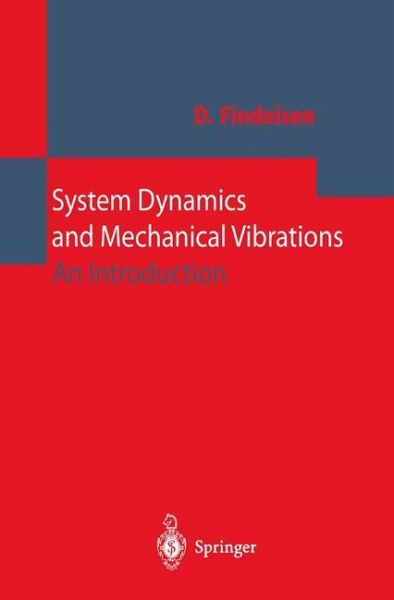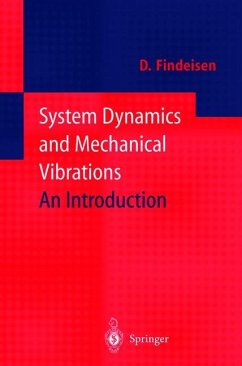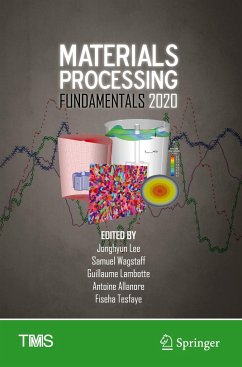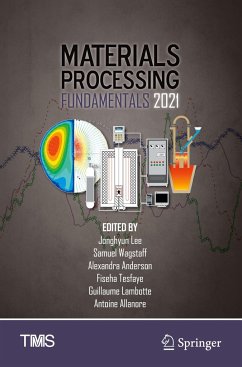
System Dynamics and Mechanical Vibrations
An Introduction
Versandkostenfrei!
Versandfertig in 1-2 Wochen
153,99 €
inkl. MwSt.
Weitere Ausgaben:

PAYBACK Punkte
77 °P sammeln!
The Aim ofthe Book. This book is concerned with the subjects of vibrations and system dynamics on an integrated basis. Design engineers find themselves confronted with demands made on machin ery, structures and dynamic systems which are increasing at such a rate that dy namic performance requirements are always rising. Hence, advances in analysis and design techniques have to keep pace with recent developments in strong lightweight materials, more extensive knowledge of materials properties and structural loading. Whereas the excitation applied to structures is always increas ing, the machine ...
The Aim ofthe Book. This book is concerned with the subjects of vibrations and system dynamics on an integrated basis. Design engineers find themselves confronted with demands made on machin ery, structures and dynamic systems which are increasing at such a rate that dy namic performance requirements are always rising. Hence, advances in analysis and design techniques have to keep pace with recent developments in strong lightweight materials, more extensive knowledge of materials properties and structural loading. Whereas the excitation applied to structures is always increas ing, the machine mass and damping is reduced. Consequently, unwanted vibra tions can have very serious effects on dynamic systems. It is, therefore, essential to carry out vibration analysis as an inherent part of machine design. The problems arising either from the observed or predicted dynamic behaviour of systems are of particular interest in control theory. Vibration theory places emphasis on analysis, which implies determining the response to given excita tions, and any design amounts to changing the system parameters so as to bring about a satisfactory response. The improvement in performance achieved by changing solely the parameters of the mechanical system is very limited. How ever, a new approach to system design has proved to be more successful. It con sists of designing forces that, when exerted on the system, produce a satisfactory response. This approach, known as control, has become a ubiquitous part of the engineering curriculum, completing the conventional mechanical disciplines.














